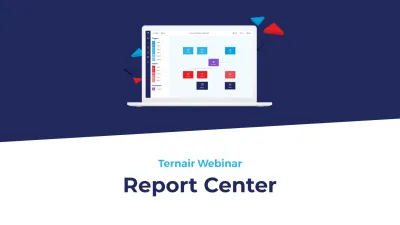It's great to know who your customer is, but knowing how he or she behaves is, if anything, even more interesting. Customer profiles, demographics and self-reported preferences tell you a lot about what a prospect or customer might be interested in. But behavior shows it directly. Responding to customer behavior using marketing automation is not a pipe dream. You can already put it to practical use today to improve your marketing results.
Active listening: sense & respond
Behavioral data can be very predictive of future behavior and decision patterns. Thus, that data is an indication of future activities on the way to a purchase, the customer buying journey.
Actively responding to customer behavior is called sense and respond. Search, browse and click behavior is directly related to future purchase opportunities, intent and interests. A prerequisite, of course, is that software and systems are ready to combine and unlock all this data in such a way that the marketing data can be deployed "agile."
Sense and respond is actually responding to the implicit information that customer behavior gives us. And that is precisely one of the core functionalities of marketing automation. Four tips for deploying marketing automation and behavioral targeting.
1. Identify customer behavior
Operating and capturing behavior is imperative. In a Web session, for example, you can see what actions a visitor (searching, viewing pages) takes on a site.
To do this, it helps if you can identify the user. A unique id or "digital fingerprint" makes that possible. For example, you can recognize a visitor if they are logged into your site. It can also be done with cookies or with the slightly newer 'device fingerprinting' technique. This technique takes not the user, but the configuration of the computer or device as the recognition point.
2. Respond directly, real-time to customer behavior
A customer takes an action and we respond to it (directly). In other words, strike while the iron is hot. An example can be found on the site of stock photography provider Dreamstime. If you enter a search query there several times, but cannot find what you are looking for, a chat window automatically pops up asking "Can I help you with something?". The visitor's behavior thus determines whether the chat window is displayed.
This is immediately one of the strengths of behavioral targeting: the chance that your visitor does indeed need a little help is high. Visitors will therefore see this action as helpful and considerate rather than "pushy," resulting in a positive customer experience. A nice bonus is that if a customer is indeed helped and finds the right products, he or she will buy them. This is the direct way: the customer exhibits specific behavior and the site responds to it immediately, in real time.





